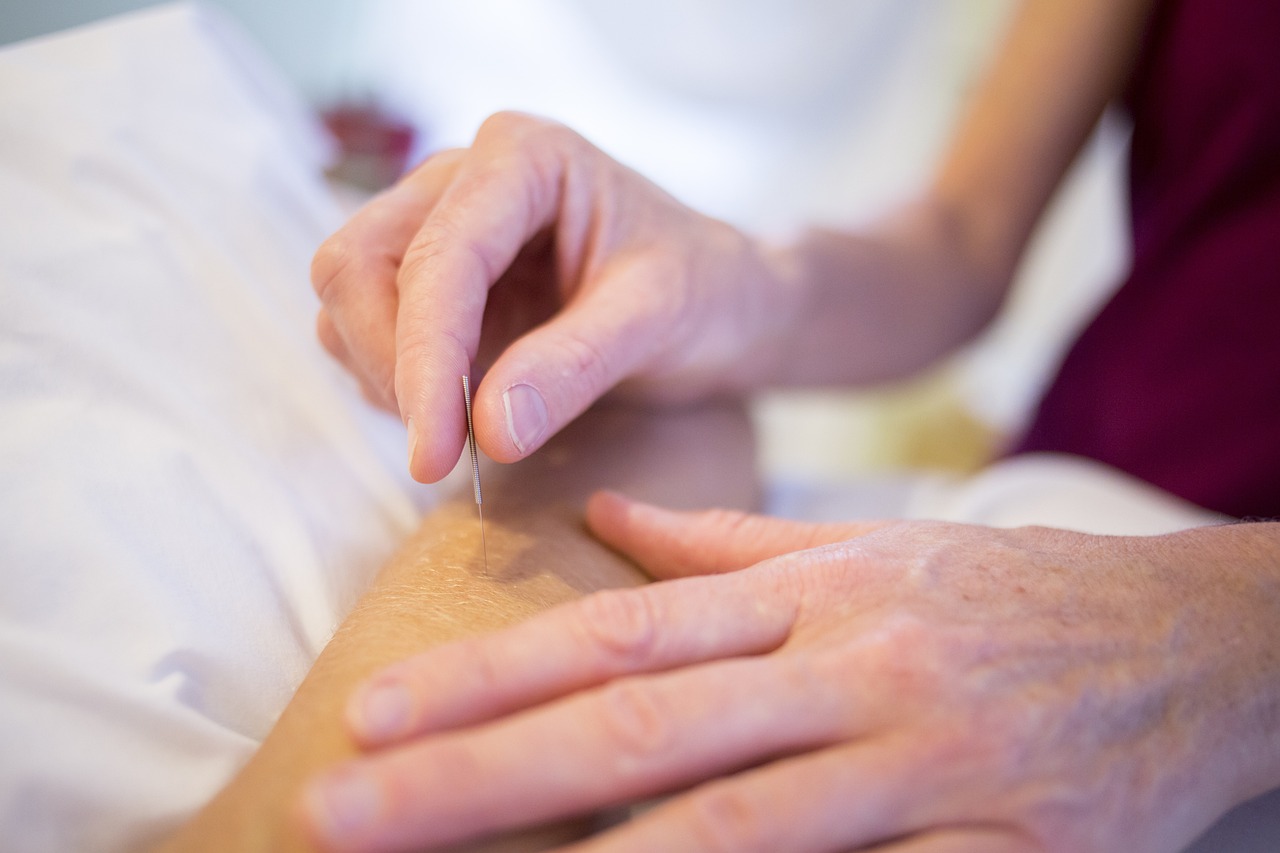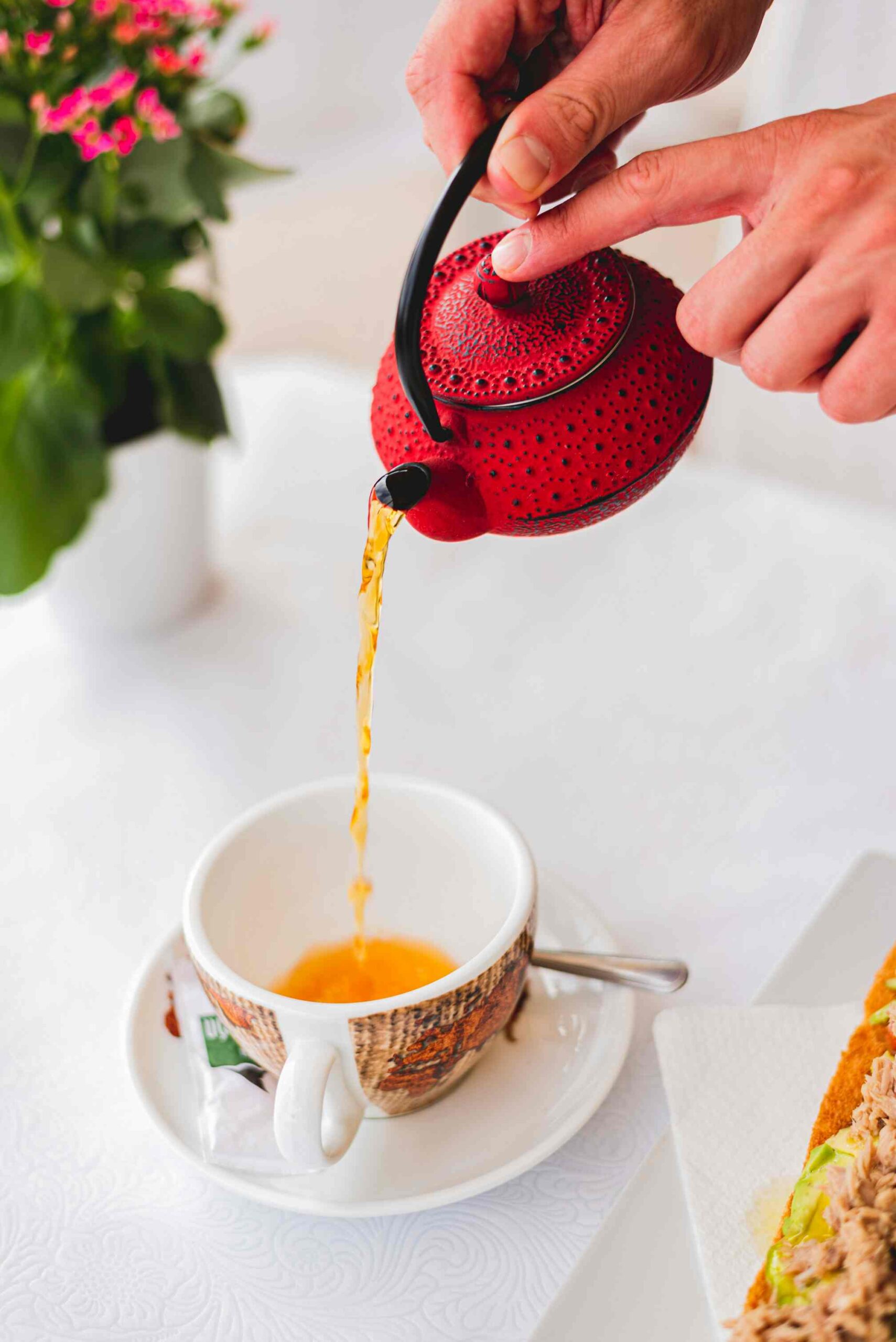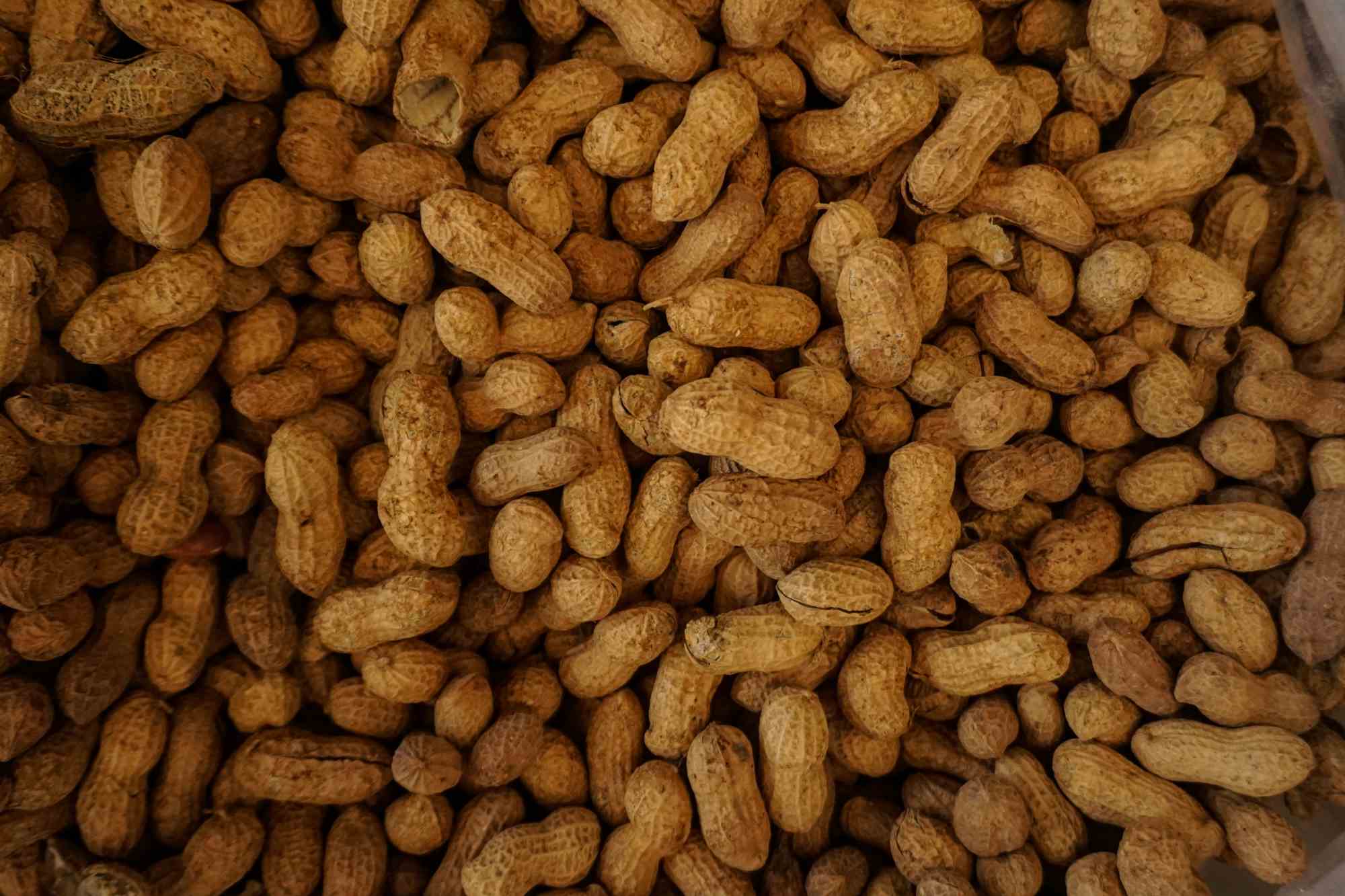
Endometriosis is a chronic condition where tissue similar to the lining of the uterus, known as the endometrium, grows outside the uterus. This misplaced tissue behaves like normal endometrial tissue, thickening, breaking down, and bleeding during the menstrual cycle. However, because it’s outside the uterus, the blood has no way to exit the body, leading to inflammation, pain, and the formation of scar tissue. Understanding endometriosis can help those affected find relief naturally without unnecessary medication.
Who is Affected by Endometriosis?
Endometriosis affects around 10% of women of reproductive age, most commonly between the ages of 25 and 40. It can also occur in adolescents who have started menstruating. Although the exact cause is unclear, factors like genetics, immune system issues, and hormonal imbalances, especially excess estrogen, are believed to play a role. Women with a family history of endometriosis, those who have never given birth, or those who experience prolonged menstrual cycles are at higher risk.
Symptoms of Endometriosis
Symptoms of endometriosis can vary in intensity, but common ones include:
- Severe pelvic pain, especially during menstruation (dysmenorrhea)
- Pain during intercourse (dyspareunia)
- Painful bowel movements or urination, particularly during menstruation
- Heavy or irregular menstrual periods
- Infertility (in about 30-50% of affected women)
- Fatigue, diarrhea, constipation, bloating, and nausea
Symptoms can overlap with other conditions like irritable bowel syndrome (IBS) or pelvic inflammatory disease (PID), making diagnosis challenging.
Prevention Strategies for Endometriosis
While endometriosis cannot always be prevented, certain lifestyle changes may reduce the risk or help manage its progression:
Maintain Hormonal Balance:
Estrogen dominance is closely linked to endometriosis. Reducing estrogen levels through a healthy lifestyle, managing stress, and maintaining a balanced weight can help.
Avoid Environmental Toxins:
Minimize exposure to environmental toxins, such as BPA (found in plastics) and other endocrine-disrupting chemicals, which can exacerbate hormonal imbalances.
Regular Exercise:
Regular physical activity helps regulate hormones and reduce inflammation.
Dietary Changes:
Following an anti-inflammatory diet rich in fiber, antioxidants, and omega-3 fatty acids supports hormone balance and reduces inflammation.
Non-Medication Treatments for Endometriosis
For women looking to manage endometriosis without medication, several holistic approaches can provide relief from symptoms:
Pelvic Floor Therapy:
Physical therapy designed to relax and strengthen the pelvic muscles can relieve pain and improve pelvic function.
Acupuncture:
This ancient Chinese therapy has been shown to reduce endometriosis-related pain by promoting blood flow and reducing inflammation.
Heat Therapy:
Applying heat through heating pads or warm baths can help relax muscles and reduce cramps.
Lymphatic Drainage Massage:
This gentle form of massage helps reduce inflammation, improve circulation, and promote detoxification, alleviating symptoms.

Best Physical Activities for Endometriosis
Engaging in regular exercise can help manage endometriosis by reducing estrogen levels and inflammation. Low-impact, gentle activities are recommended, as high-intensity workouts may aggravate symptoms.
Yoga:
Yoga helps reduce stress and pelvic pain while improving flexibility. Specific poses that focus on hip opening and relaxation, such as the child’s pose, can be particularly beneficial.
Swimming:
This low-impact exercise supports muscle relaxation and reduces joint strain, helping to alleviate pain.
Walking:
Regular, moderate-paced walking improves blood flow, supports hormone balance, and enhances mood.
Pilates:
Pilates strengthens core muscles, promotes flexibility, and helps improve pelvic muscle tone, reducing pain.
Dietary Considerations for Endometriosis
Diet plays a crucial role in managing endometriosis. A well-balanced, anti-inflammatory diet can help reduce pain, improve hormone regulation, and prevent the condition from worsening.
Eat Anti-inflammatory Foods:
Foods rich in antioxidants and omega-3 fatty acids help combat inflammation. Include leafy greens, berries, avocados, flaxseeds, chia seeds, and fatty fish like salmon.
Increase Fiber Intake:
A fiber-rich diet supports healthy digestion and helps eliminate excess estrogen from the body. Foods such as legumes, quinoa, and vegetables like broccoli and spinach are great options.
Focus on Whole Foods:
Consuming whole, unprocessed foods that are rich in vitamins and minerals can help regulate hormones and reduce the risk of flare-ups.
Avoid Gluten and Dairy:
Many women with endometriosis find that removing gluten and dairy from their diet significantly reduces symptoms. Gluten and dairy can exacerbate inflammation and contribute to digestive issues.
Foods to Avoid in Endometriosis
Certain foods can trigger inflammation and hormonal imbalances, worsening endometriosis symptoms. These include:
Gluten:
Found in wheat, barley, and rye, gluten has been linked to increased inflammation in women with endometriosis.
Dairy Products:
Dairy contains arachidonic acid, which can increase prostaglandin production, leading to more pain and inflammation.
Processed Foods:
Processed foods often contain trans fats and refined sugars, which increase inflammation and disrupt hormone balance.

Herbal Teas for Endometriosis
Certain herbal teas are known for their anti-inflammatory and hormone-balancing properties, making them excellent options for managing endometriosis symptoms naturally.
Ginger Tea:
Ginger is a powerful anti-inflammatory herb that helps reduce menstrual cramps and bloating. It also improves circulation and digestion.
Turmeric Tea:
Turmeric contains curcumin, a potent anti-inflammatory compound that can alleviate pain and reduce the growth of endometrial tissue.
Green Tea:
Rich in antioxidants, green tea helps combat oxidative stress and supports hormone balance.
Peppermint Tea:
Peppermint tea helps relieve digestive symptoms like bloating and nausea, which are common in women with endometriosis.
Chamomile Tea:
Known for its calming properties, chamomile tea can help relax muscles, reduce pain, and promote better sleep.

Additional Lifestyle Tips for Managing Endometriosis
Stress Management:
Chronic stress can exacerbate endometriosis symptoms by increasing inflammation and hormonal imbalances. Incorporate stress-relieving practices such as mindfulness meditation, deep breathing exercises, or journaling.
Get Quality Sleep:
Sleep is essential for hormone regulation and reducing inflammation. Aim for 7-9 hours of restful sleep each night.
Hydration:
Staying hydrated helps with digestion, detoxification, and reducing bloating. Drinking plenty of water throughout the day can ease symptoms.
Conclusion
Endometriosis is a complex and often painful condition that requires a comprehensive management plan. By making lifestyle changes, adopting an anti-inflammatory diet, and incorporating non-medication treatments like physical therapy and herbal teas, women can find relief and improve their quality of life. While there is no cure for endometriosis, natural strategies can play a significant role in managing symptoms, reducing pain, and supporting overall health.
Subscribe to our newsletter, follow us on social media to let us know how you’re working towards a balanced life!
Oral Health: Causes, Prevention, and the Role of Nutrition
Oral health is often a neglected part of our...
Food Allergies: Causes, Symptoms, and Management
Food allergies and sensitivities are...
Unintentional Weight Loss
Unintentional weight loss can be distressing,...
The Negative Impacts of Plastic Usage on Health and the Environment
Plastic has revolutionized modern life,...
The Impact of Social Media on Body Image: How It Affects Women’s Health
Social media has transformed how we connect,...
Why Women Need Nutrition Counseling Beyond Weight Loss
Women face unique challenges when it comes to...
The Benefits of Journaling for Mental Health
Journaling has gained recognition as a powerful...
Minimalism and Health: The Effects of a Minimalist Lifestyle on Mental and Physical Well-being
Living in a world where consumerism and constant...
Physical activity: Cardio, Strength Training, Yoga, and Pilates
Engagement in regular physical activity is...










